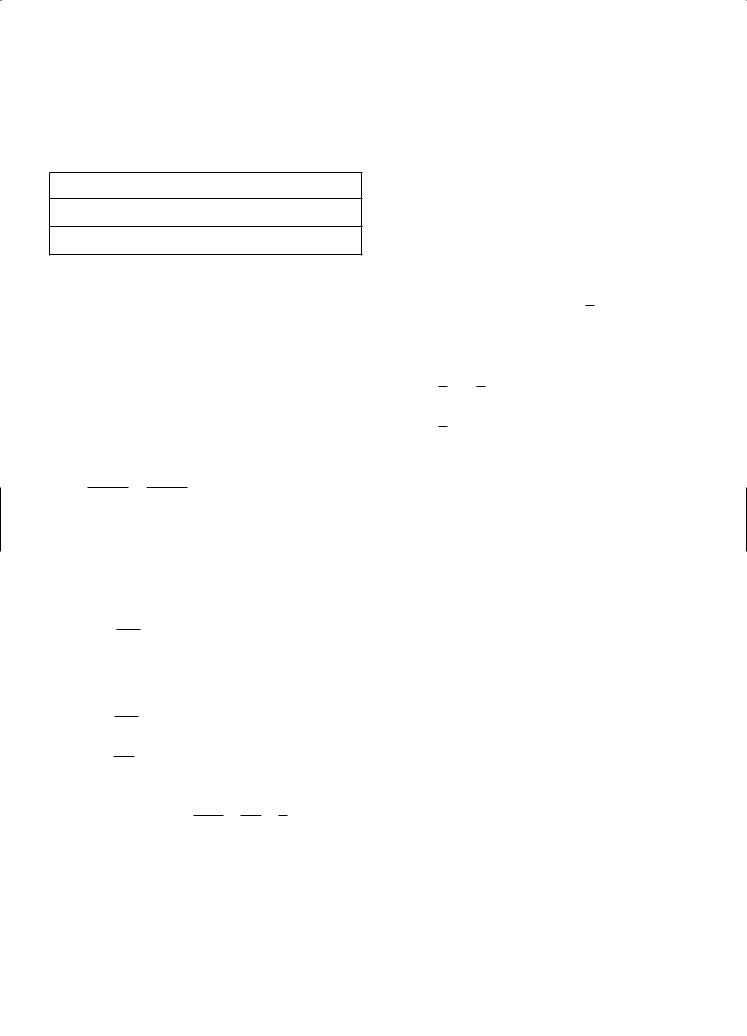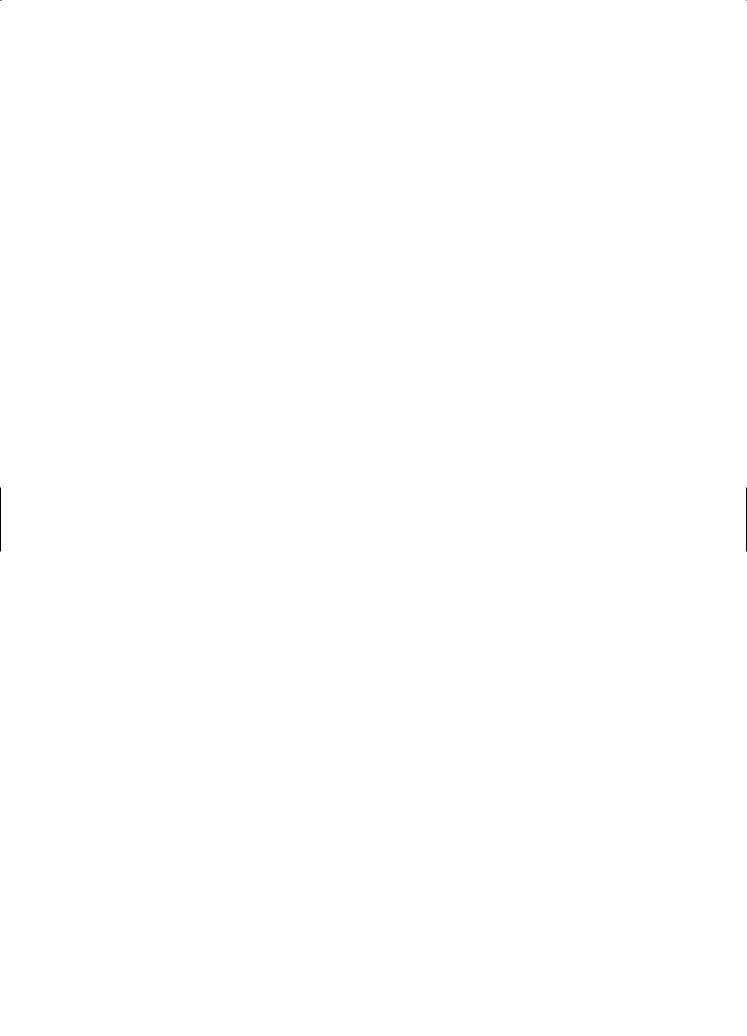
SAT 8
.pdf







PRACTICE TEST 6 |
351 |
DIAGNOSE YOUR STRENGTHS AND WEAKNESSES
Check the number of each question answered correctly and “X” the number of each question answered incorrectly.
Algebra |
1 |
3 |
4 |
6 |
8 |
9 |
15 |
35 |
Total Number Correct |
|
|
|||||||||||
|
|
|
|
|
|
|
|
|
|
|
|
|
|
|
|
|
|
|
|
|
|
|
8 questions |
|
|
|
|
|
|
|
|
|
|
|
|
|
|
|
|
|
|
|
|
|
|
|
|
|
|
|
|
|
|
|
|
|
|
|
|
|
|
|
|
|
|
|
|
|
|
|
|
|
|
|
|
|
|
|
|
|
|
|
|
|
|
|
|
|
|
||
Solid Geometry |
23 |
33 |
50 |
Total Number Correct |
|
|
|
|
|
|
|
|
|
|
|
|
||||||
|
|
|
|
|
|
|
|
|
|
|
|
|
|
|
|
|
|
|
|
|
|
|
3 questions |
|
|
|
|
|
|
|
|
|
|
|
|
|
|
|
|
|
|
|
|
|
|
|
|
|
|
|
|
|
|
|
|
|
|
|
|
|
|
|
|
|
|
|
||
|
|
|
|
|
|
|
|
|
|
|
|
|
|
|
|
|
|
|
|
|||
Coordinate |
7 |
10 |
22 |
29 |
36 |
37 |
43 |
Total Number Correct |
|
|
|
|
|
|||||||||
Geometry |
|
|
|
|
|
|
|
|
|
|
|
|
|
|
|
|
|
|
|
|
|
|
|
|
|
|
|
|
|
|
|
|
|
|
|
|
|
|
|
|
|
|
|
|
|
7 questions |
|
|
|
|
|
|
|
|
|
|
|
|
|
|
|
|
|
|
|
|
|
|
|
|
|
|
|
|
|
|
|
|
|
|
|
|
|
|
|
|
|
|
|||
|
|
|
|
|
|
|
|
|
|
|
|
|
|
|
|
|
|
|
||||
Trigonometry |
11 |
16 |
17 |
27 |
28 |
41 |
47 |
Total Number Correct |
|
|
|
|
||||||||||
|
|
|
|
|
|
|
|
|
|
|
|
|
|
|
|
|
|
|
|
|
|
|
7 questions |
|
|
|
|
|
|
|
|
|
|
|
|
|
|
|
|
|
|
|
|
|
|
|
|
|
|
|
|
|
|
|
|
|
|
|
|
|
|
|
|
|
||||
|
|
|
|
|
|
|
|
|
|
|
|
|
|
|
|
|
|
|||||
Functions |
2 |
12 |
18 |
19 |
20 |
21 |
24 |
25 |
26 |
30 |
31 |
34 |
38 |
44 |
45 |
Total Number Correct |
||||||
|
|
|
|
|
|
|
|
|
|
|
|
|
|
|
|
|
|
|
|
|
|
|
15 questions |
|
|
|
|
|
|
|
|
|
|
|
|
|
|
|
|
|
|
|
|
|
|
|
|
|
|
|
|
|
|
|
|
|
|
|
|
|
|
|
|
|||||
|
|
|
|
|
|
|
|
|
|
|
|
|
|
|
|
|
|
|||||
Data Analysis, |
13 |
39 |
42 |
48 |
Total Number Correct |
|
|
|
|
|
|
|
|
|
|
|||||||
Statistics, |
|
|
|
|
|
|
|
|
|
|
|
|
|
|
|
|
|
|
|
|
|
|
and Probability |
|
|
|
|
|
|
|
|
|
|
|
|
|
|
|
|
|
|
|
|
|
|
|
|
|
|
|
|
|
|
|
|
|
|
|
|
|
|
|
|
|
|
|
|
|
4 questions |
|
|
|
|
|
|
|
|
|
|
|
|
|
|
|
|
|
|
|
|
|
|
|
|
|
|
|
|
|
|
|
|
|
|
|
|
|
|
|
|
|
|
|
|
|
|
|
|
|
|
|
|
|
|
|
|
|
|
|
|
|
|
|
|
|
|
|
|
Numbers |
5 |
14 |
32 |
40 |
46 |
49 |
Total Number Correct |
|
|
|
|
|
|
|
||||||||
and Operations |
|
|
|
|
|
|
|
|
|
|
|
|
|
|
|
|
|
|
|
|
|
|
|
|
|
|
|
|
|
|
|
|
|
|
|
|
|
|
|
|
|
|
|
|
|
6 questions |
|
|
|
|
|
|
|
|
|
|
|
|
|
|
|
|
|
|
|
|
|
|
|
|
|
|
|
|
|
|
|
|
|
|
|
|
|
|
|
|
|
|
|
|
|
Number of correct answers − 14 (Number of incorrect answers) = Your raw score
___________________________ − 14 (_____________________________) = ________________

352 |
PART III / EIGHT PRACTICE TESTS |
Compare your raw score with the approximate SAT Subject Test score below:
|
|
SAT Subject Test |
|
Raw Score |
Approximate Score |
|
|
|
Excellent |
43–50 |
770–800 |
|
|
|
Very Good |
33–43 |
670–770 |
|
|
|
Good |
27–33 |
620–670 |
|
|
|
Above Average |
21–27 |
570–620 |
|
|
|
Average |
11–21 |
500–570 |
|
|
|
Below Average |
< 11 |
< 500 |
|
|
|

